SUMMARY
This is AI generated summarization, which may have errors. For context, always refer to the full article.
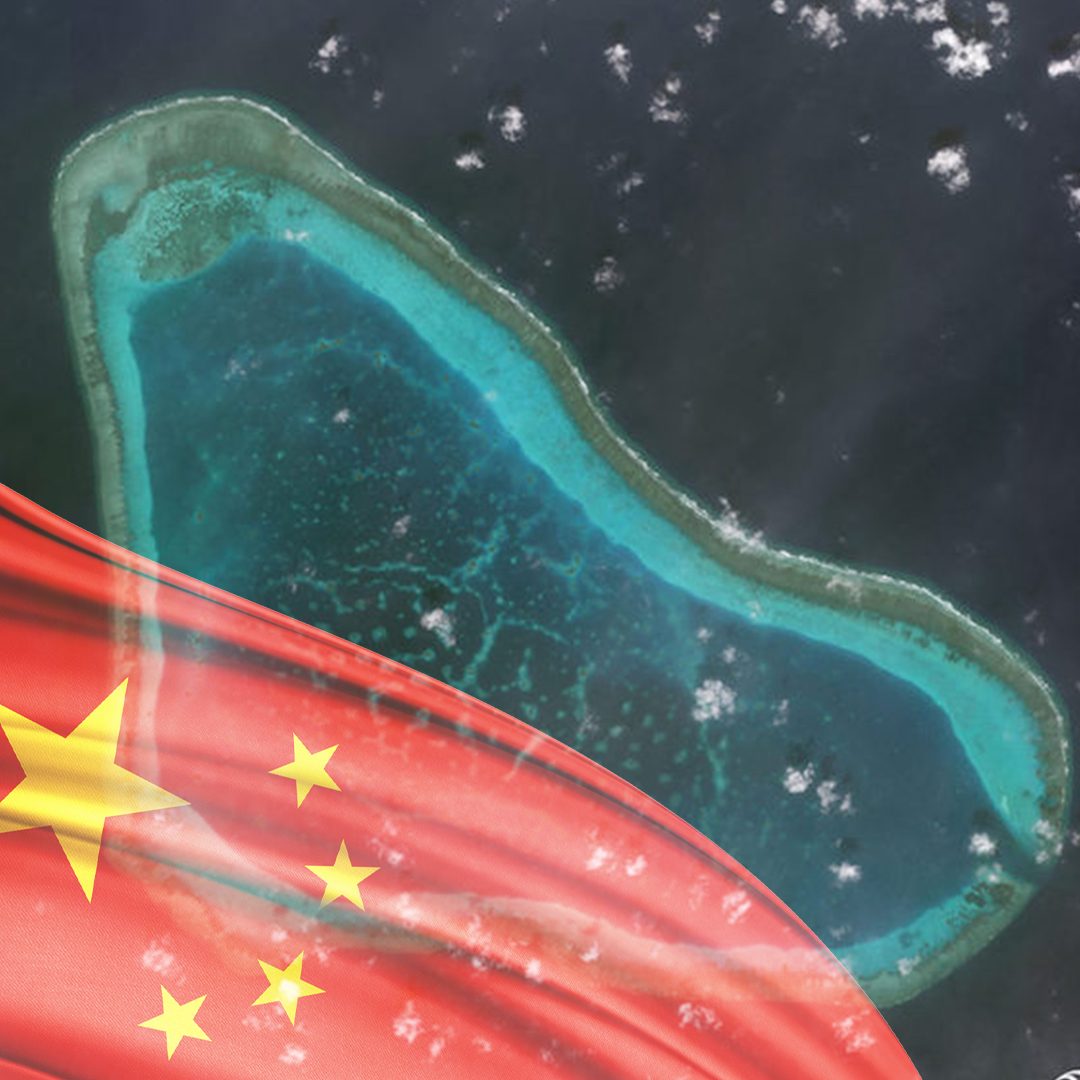
China has undeniably used the pandemic to advance its aggressions in the South China Sea.
For one, Chinese ships believed to be manned by Chinese maritime militias (CMM) linger within the exclusive economic zone (EEZ) of the Philippines as of writing. As of March 29, the National Task Force for the West Philippine Sea said it had monitored 258 Chinese vessels roaming in different reefs in the West Philippine Sea.
It can be said that a number of Chinese vessels are now surrounding us.
But what exactly are these Chinese maritime militias?
Fish and fight
In its 2018 report, the United States Department of Defense said China had created a low-intensity and obscure coercion tactics in handling maritime disputes.
Exceptionally different from other nations, China has three military sea forces: the People’s Liberation Army Navy (PLAN), the China Coast Guard (CCG), and the People’s Armed Forces Maritime Militia (PAFMM), also known as the Chinese military militia.
These Chinese sea forces form the largest maritime force in the entire Indo-Pacific region. In terms of number of ships, China’s sea force is one the largest of its type, according to the US defense department.
Data from the Center for Strategic and International Studies (CSIS) reveal that about 300 militia boats have operated in the Spratly/ Kalayaan Islands, within the exclusive economic zone of the Philippines, on any given day since 2018.
In an interview with Rappler, Renato de Castro, an international security expert and former consultant for the National Security Council of the Philippines, described the Chinese maritime militia as “guerillas at sea.” According to De Castro, the CMM serves as a reconnaissance and vanguard of China in the South China Sea.
Observations of the US defense department revealed that, because of its low-intensity and “friendly” nature, the CMM is often used by China in its initial plans and aggressions in the disputed waters. Although it is not directly under the Chinese military, CMM has organizational ties to and is sometimes directed by the Chinese armed forces.
Surprisingly, individuals serving in the Chinese military militia are not typical soldiers – some of them are fishermen.
According to Jay Batongbacal, director of the University of the Philippines Institute for Maritime Affairs and Law of the Sea, these fishermen, who also act as maritime militia, “are given training, vessels, fuel subsidies, and communications equipment so that they can report directly to field commanders of the CCG and PLAN.”
Most importantly, they are China’s “frontline.” They carry out the initial surveillance and incursion mostly, Batongbacal noted.
Herman Kraft, convenor of the Strategic Studies Program at the University of the Philippines, added that these fishermen-cum-CMM are working hand in hand with the Chinese navy. They take orders from the naval force.
The Chinese maritime militia consists of both part- and full-time personnel. They are normally engaged in fishery production, but also obliged to fulfill their duties towards a whole menagerie of peace- and war-time tasks, according to Collin Koh Swee Lean, a Singapore-based naval expert.
“CMM are expected to be able to ‘fish and fight,’ and they’re subject to a reserve force training regime that obliges them to undergo military training during certain periods – for example, over the months of fishery moratorium, even though available sources indicate not all fulfill those training obligations as they seek alternative employment during those months they can’t go out to fish,” Lean said in an interview with Rappler.
Claiming territories without fighting
Although CMM seems to be lame and weaker compared to China Coast Guard and the navy, it is actually one of the secret weapons of China in claiming territories without much aggression.
The scariest part about CMM is that China denies it exists.
But the US defense department says CMM leads military campaigns in disputed territories in the South China Sea. These include the 2009 harassment of the USNS IMPECCABLE, the 2012 Scarborough Reef standoff, the 2014 Haiyang Shiyou-981 oil rig standoff, and a large surge of ships in waters near the Senkakus in 2016.
In the past, CMM rented fishing vessels to conduct its operations. But as the Chinese force continues to grow stronger, China has ordered that the CMM be built its own, exclusive fishing fleets.
For example, the Hainan provincial government, which is located along the South China Sea, ordered the building of 84 large militia fishing vessels with ammunition storage, according to the US Department of Defense.

The advancement of CMM’s equipment boosted the frequent operations and patrols in the Spratly Islands. Take note that members of the CMM have the “most professional and paid salaries independent of any clear commercial fishing responsibilities,” as noted by the US defense department.
When tension arises in a specific territory, China uses this tension to do progression and increase its control over the islands or territories. It avoids escalation of military conflict through its “friendly” CMM vessels.
Lean added that CMM in itself is not powerful, but it has a unique function that makes it a powerful asset of China.
“What truly made these forces powerful is the nature of operations they carry out – so-called gray zone operations that straddle between peace and war, their ambiguous status in legal terms. Are they combatants and should they be treated as such, if they are in fishermen’s guise?,” Lean said in an interview with Rappler.
Operating in the gray zone means that China is doing illicit activities in the South China Sea that go beyond the conventional, peace-time nature. However, these activities also fall short in the conventional characteristics of war – meaning, China instigates war-like activities in the South China Sea without actually declaring war.
The CMM also has the advantage of numbers compared to other sea forces in the world.
Poling said that CMM can deploy far more vessels than what law enforcement or naval counterparts from the Philippines and other states can deal with. For example, in Pag-asa Island, within the Philippine waters, 100 militia boats swarmed the nearby reefs and harassed Filipino boats every day for over two years.
CMM deploys its ships to territories, creating a “de facto Chinese” presence in the area. With this, it challenges the control of the claimants in the area. By swarming the area with Chinese vessels, China “wins without” fighting, thanks to CMM.
But what has been the Philippines’ response to the CMM? Mirroring China’s policy.

In 2020, the Armed Forces of the Philippines ordered the deployment of maritime militias in all 6 unified commands from Luzon to Mindanao. AFP decided to prioritize deployment in Northern Luzon and the Western Command, the commands that secure waters in the West Philippine Sea. This is in response to the deployment of militiamen by China and Vietnam.
In a message to Rappler, retired justice Antonio Carpio said additional weapons and filing another arbitration case can improve our standing in the West Philippine Sea (WPS) dispute.
“We have to continuously protest, join patrols of our allies in the WPS, coordinate our efforts with Vietnam, Malaysia, and Indonesia, file a new arbitration case to stop China from fishing in our EEZ, and acquire defensive asymmetrical weapons like the Brahmos and Hi-Mars missiles,” Carpio said. – Rappler.com
Add a comment
How does this make you feel?
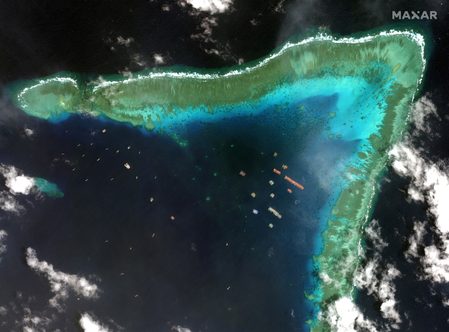
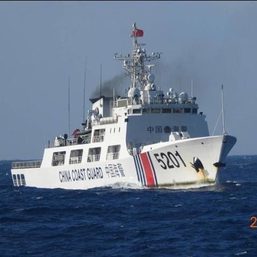


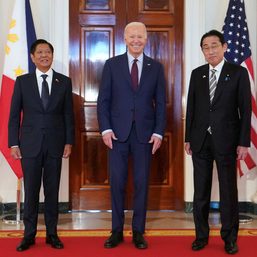
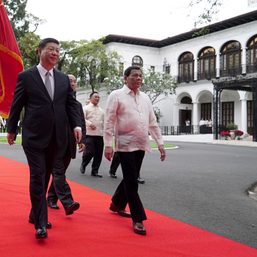
There are no comments yet. Add your comment to start the conversation.